Cancer Treatment
Hospital readmissions are common among patients with cancer, and are often avoidable and due to a lack of symptom management. RPM for patients on home health has shown to reduce hospital admission rates.
By providing cancer patients with RPM services, the patient can share the symptoms they're experiencing through symptom surveys, allowing the clinician to see if there's been any changes and to evaluate whether intervention is needed.
Often, the only chance a patient has to share symptoms with their physician or specialist are during in person visits. Depending on the frequency of these visits, critical symptoms can go undetected for extended periods of time, putting the patient at risk. Patients may forget important symptoms that they experienced or feel like a burden sharing these with their provider.
Engaging the patient in daily or frequent symptom surveys allow the patient more opportunities to express concern around their condition. An automated symptom survey normalizes the way patients are able to share the symptoms that they are experiencing and increases the chances that an effective intervention will take place.
Advantages
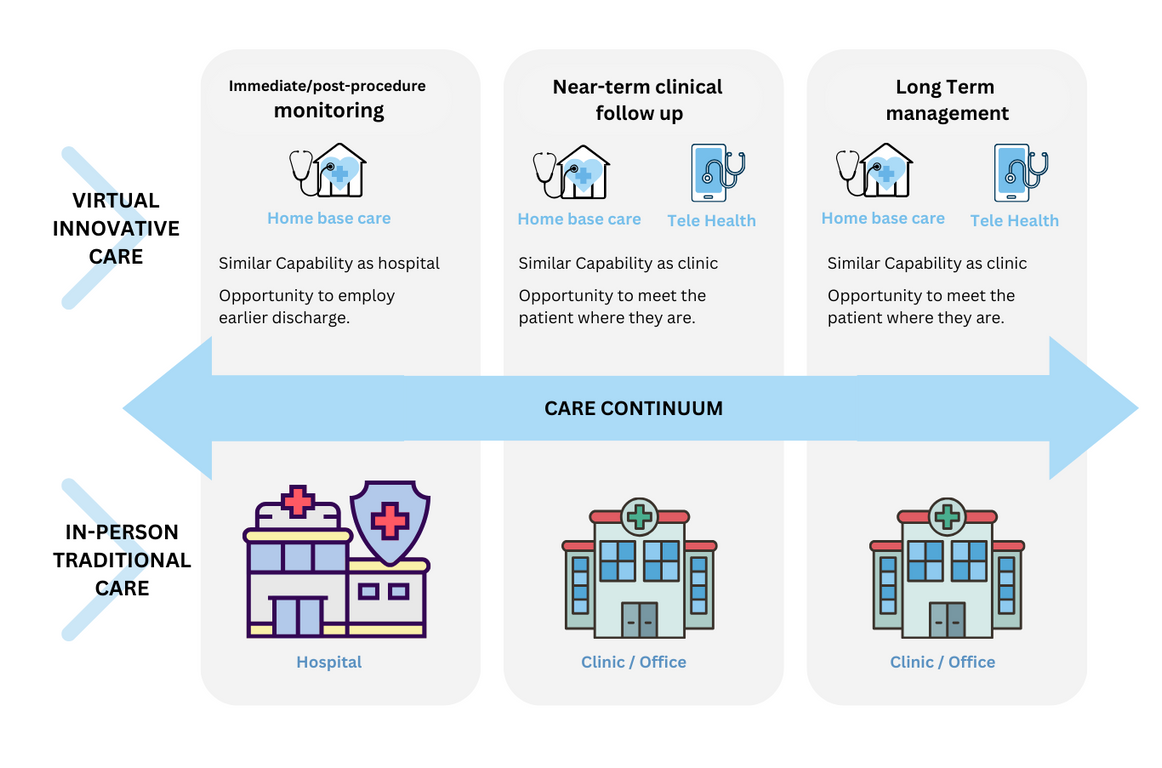
- Expanded capacity/access: Our platform expands healthcare access, reaching more patients, breaking barriers, and ensuring care is accessible anytime, anywhere.
- Reduced Cost: Home health care through our platform decreases operating costs, which can help clinics and hospitals provide high-quality care more cost-effectively.
- Individually Tailored Treatment: The platform offers personalized medical treatment, adapted to the individual needs of each patient. This guarantees effective and specific medical care for each case.
- Scheduling Convenience: Patients can easily schedule their consultations and follow-ups, improving their experience and avoiding long wait times at medical facilities.
- Reduced Transportation Barriers: By providing care in the home, we eliminate the need for transportation for patients, which can be especially beneficial for those with limited mobility.
- Greater Privacy While Receiving Treatment: Patients can receive medical care in a more private and comfortable environment, fostering a sense of trust and comfort during treatment.
- Environmental Benefits: Home health care reduces the carbon footprint by reducing the need for travel and the use of unnecessary medical resources.
Key Considerations For Selecting an RPM Partner
With so many companies now proclaiming themselves as having the "the best RPM solution on the market", how do you choose the one that is right for your heart program? Here are some questions to try and objectively compare your options:
Cancer Treatment & Physical Activity.
Based on the results of two studies at ESMO23, the level of physical activity of patients with cancer remains mostly low and the topic does not get discussed with their oncologists. Most patients would like their clinicians to initiate such discussions. Based on these findings, oncologists are called to take a proactive approach discussing physical activity with their patients and recommend it as an integral part of cancer treatment.
Innovative interventions can and should be used to encourage patients to become (more) active and to ensure ongoing support throughout the treatment journey. Oncologists can play an important role in supporting patients during and beyond cancer treatment.
Oncologists play a vital role in encouraging patients with cancer to be physically active
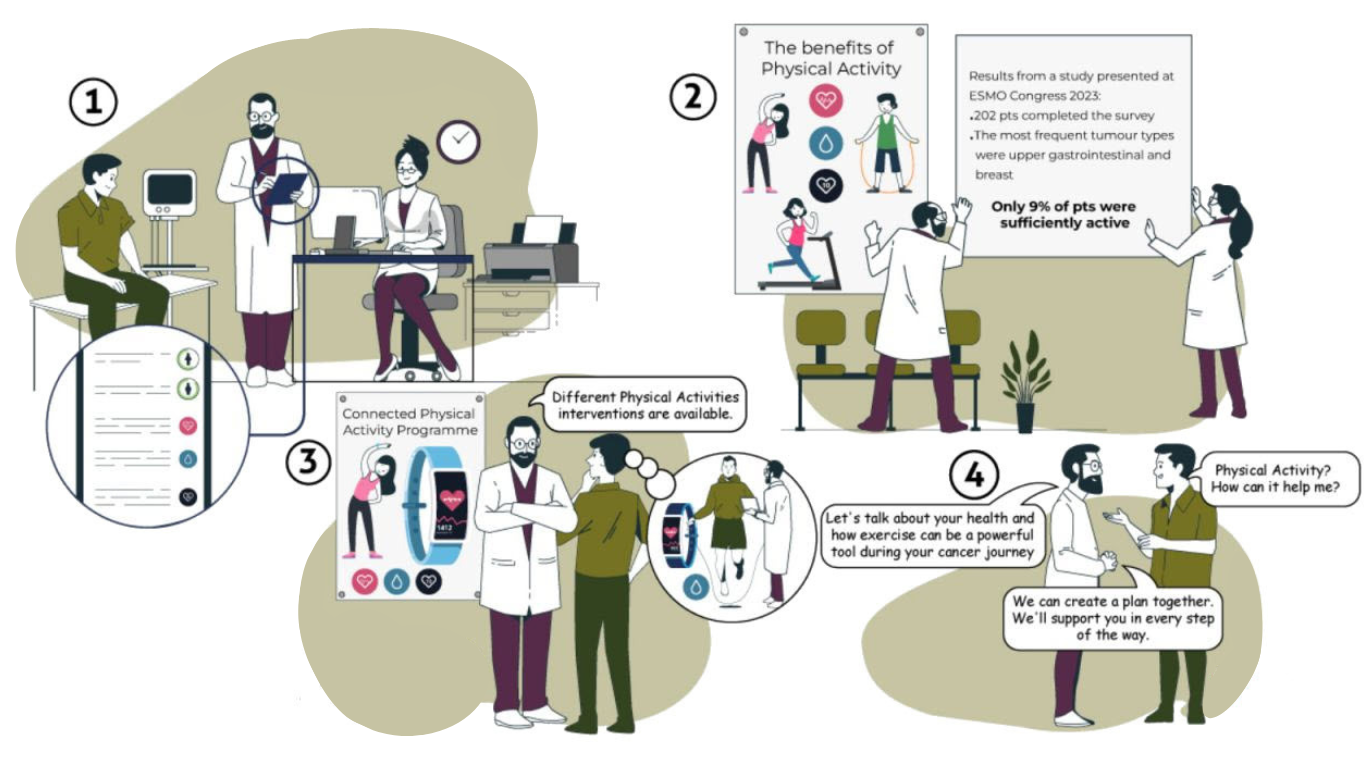 This image is from
ESMO
This image is from
ESMO
Oral Oncolytics
It's essential for healthcare providers to closely monitor patients receiving oral oncolytics to ensure treatment effectiveness and manage potential side effects. The use of these drugs has become more prevalent in cancer care, offering another tool in the fight against various types of cancer.
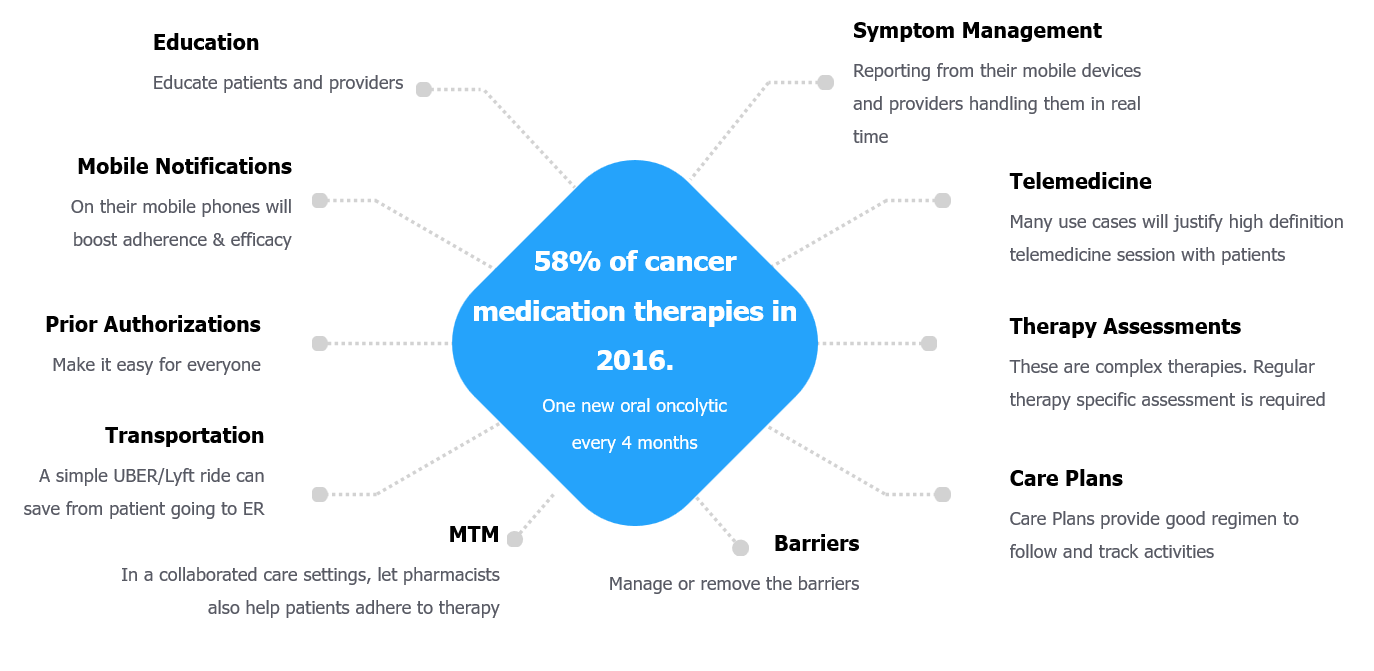
Remote monitoring can save cancer patients' lives
Neutropenic fever is a common complication for cancer patients undergoing chemotherapy. In fact, one out of every 29 chemotherapy-treated patients is hospitalized, with a startling mortality rate of 7-9.5%. Fevers can come on suddenly and sometimes go unnoticed until it's too late.
Remote patient monitoring devices like wearable temperature sensors offer the potential to reduce hospitalizations and deaths in vulnerable populations like chemo patients. The sensors can detect an abnormal temperature reading and flag it for the patient and oncologist to actively monitor, or in serious cases, go to the hospital for observation.
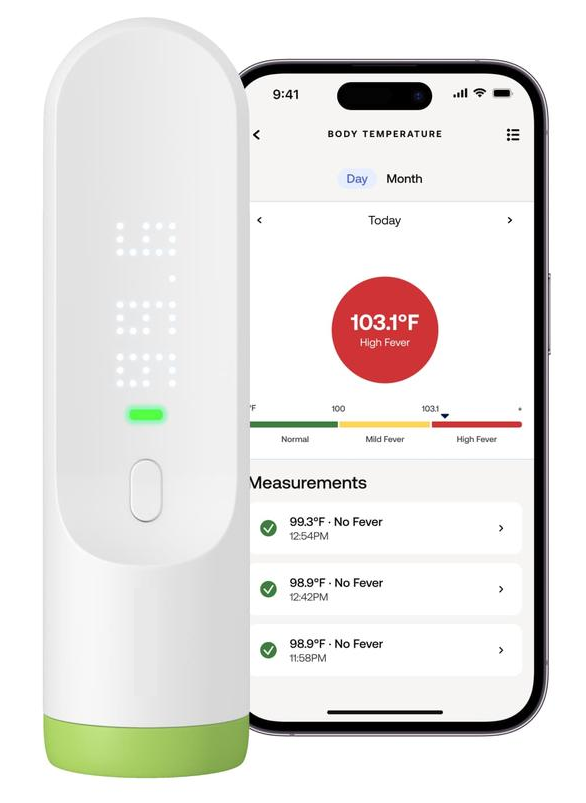
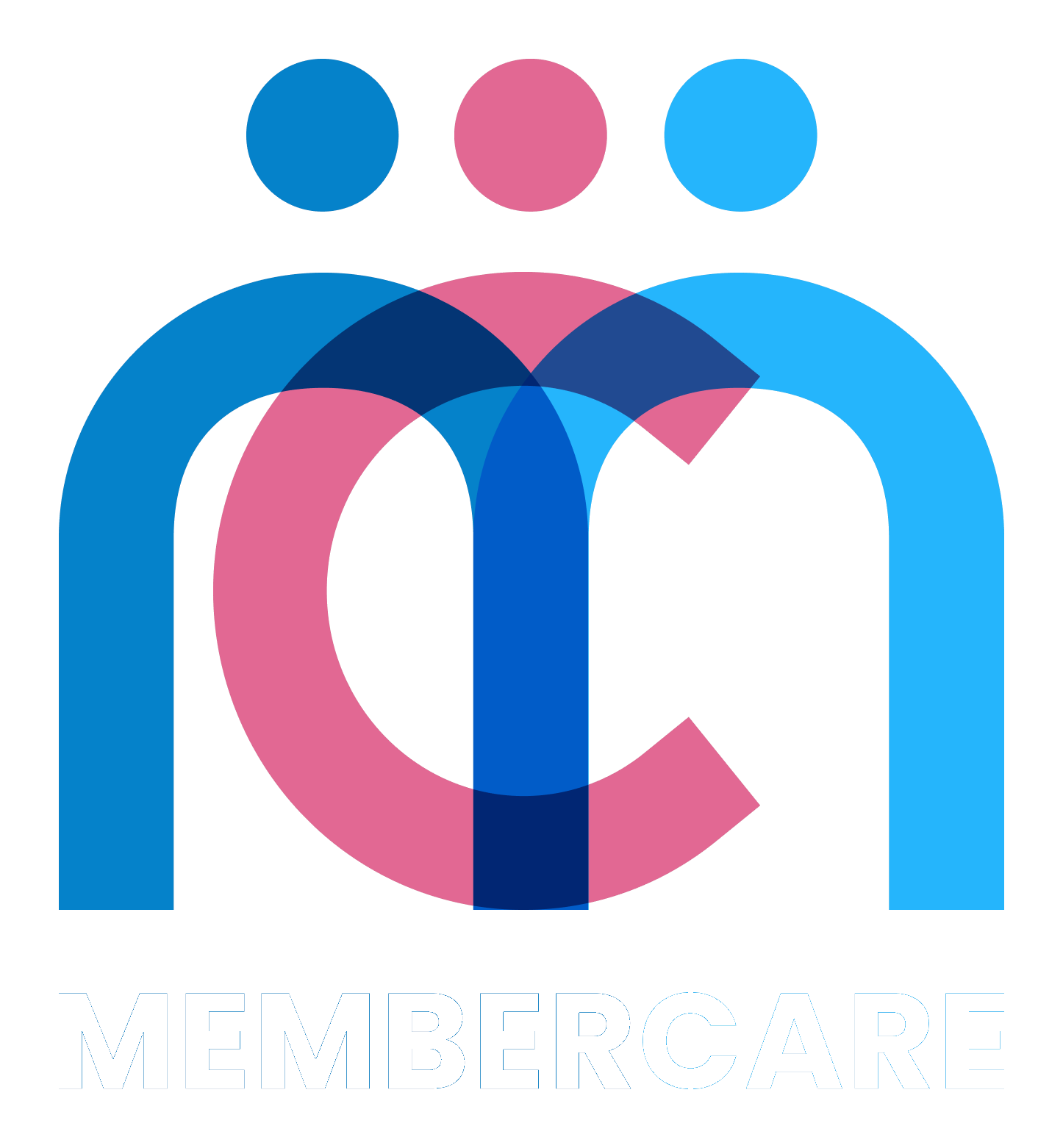 Home
Home

